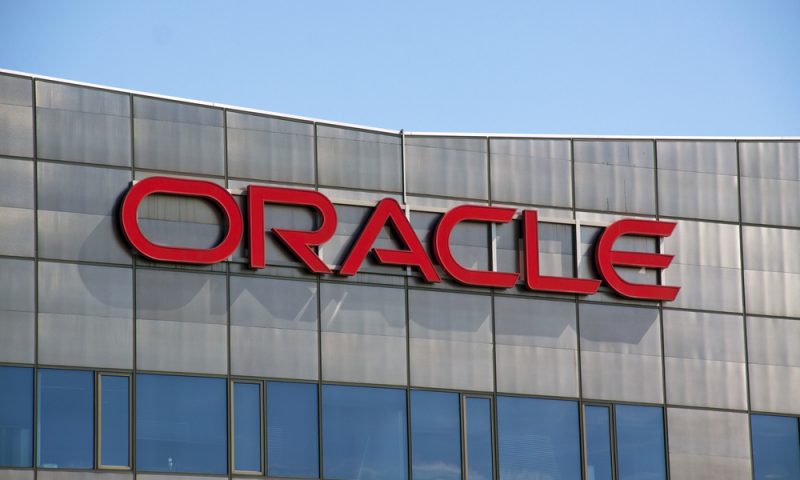Among the biggest risers on the S&P 500 on Friday October 11 was Oracle Corporation ($ORCL), popping some 2.52% to a price of $56.89 a share with some 18.68 million shares trading hands.
Starting the day trading at $55.92, Oracle Corporation reached an intraday high of $57.33 and hit intraday lows of $55.71. Shares gained $1.4 apiece by day’s end. Over the last 90 days, the stock’s average daily volume has been n/a of its 3.28 billion share total float. Today’s action puts the stock’s 50-day SMA at $n/a and 200-day SMA at $n/a with a 52-week range of $42.40 to $60.50.
Oracle sells a wide range of enterprise IT solutions, including databases, middleware, applications, and hardware. While software licenses, support, and maintenance continue to represent roughly 70% of revenue, the firm is undergoing a mix shift toward cloud-based subscriptions that should necessitate continued heavy investment in the business model transition. Oracle offers software-as-a-service, platform-as-a-service, and infrastructure-as-a-service offerings. Legacy offerings include Oracle Database software and Oracle Fusion Middleware.
Oracle Corporation has its corporate headquarters located in Redwood City, CA and employs 136,000 people. Its market cap has now risen to $186.74 billion after today’s trading, its P/E ratio is now n/a, its P/S n/a, P/B 10.12, and P/FCF n/a.
The Dow Jones Industrial Average (DJIA) is the most visible stock index in the United States, but that doesn’t make it the best. In fact, the industry standard for market watchers and institutional investors in gauging portfolio performance is the S&P 500.
The DJIA relies on just 30 stocks as a sample of large- and mega-cap firms, dwarfed by the 500 contained in the S&P 500, and it also weights its returns using an outdated and flawed price-weighting method. The S&P 500’s weighting is based on market cap, making it a much better representation of actual market performance for large- and mega-cap stocks.

